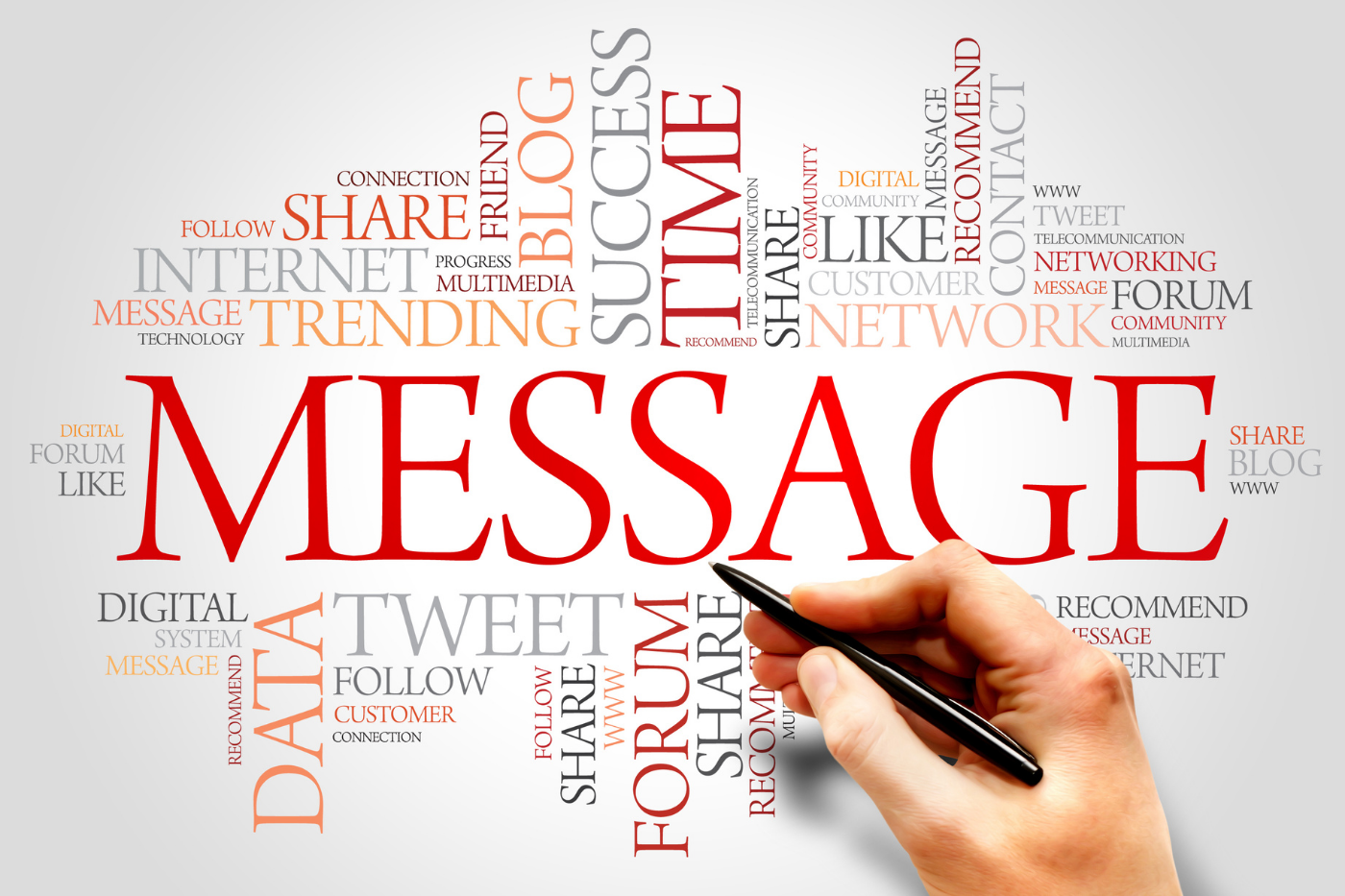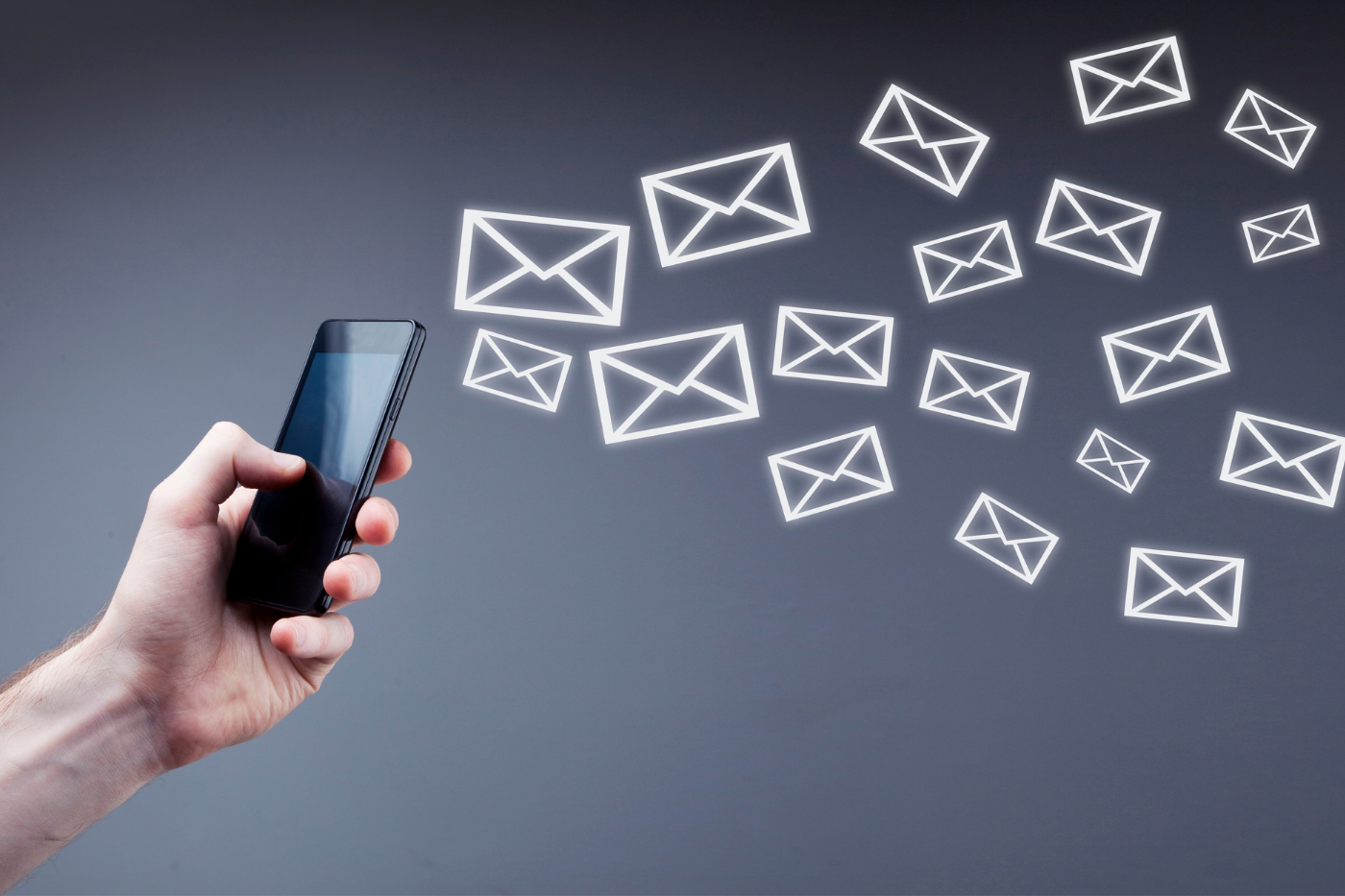
Upcoming Top Trends in Messaging
With advancements in digital communication, enterprises and individuals both are looking for better, secure, and engaging methods of reaching out. Messaging in the future is going to become more intelligent, personalized, and automated as a result of evolving technology and shifting user behaviors. This article uncovers the top trends of the future for messaging, which throw light on emerging technologies revolutionizing the way we communicate in 2025 and beyond.
1. Emergence of AI in Messaging
Among the most disruptive messaging trends is the use of AI in messaging. Artificial Intelligence drives chatbots, predictive typing, and intelligent replies, empowering businesses to answer questions quicker and with greater precision. AI facilitates messaging personalization, adapting messages based on users' preferences and behavior.
This trend enhances customer satisfaction, decreases support team workload, and provides timely responses—essential in the current fast-paced digital era.
2. Messaging Automation: The Efficiency Future
Automation messaging is not a luxury but a necessity today for businesses. Automated processes enable companies to send follow-ups, reminders, and promotional messages without the need for manual intervention. From SMS marketing trends to messaging within an app, automation brings consistency and timeliness.
From onboarding flows to transactional messages, automation is at the heart of scaling operations and improving the messaging engagement experience.
3. WhatsApp Marketing Dominance
With more than 2 billion users, WhatsApp is at the forefront of business messaging. WhatsApp marketing enables businesses to engage with customers through broadcasts, catalogs, and interactive messages. As part of the omnichannel messaging strategy, WhatsApp is becoming indispensable for real-time customer support, order tracking, and lead generation.
Facilities such as message templates, quick replies, and interactive buttons make WhatsApp a valuable business messaging platform for large, medium, and small businesses.
4. Rise of RCS Messaging
RCS messaging (Rich Communication Services) is being touted as the next generation of SMS. With features such as read receipts, high-res images, and carousels, RCS provides app-like features to native messaging apps.
This shift is key to SMS marketing trends because it allows for more engaging interaction while maintaining the ease of texting. Large brands are already embracing RCS for promotions, surveys, and customer support.

5. Greater Messaging Personalization
Consumers today demand personalized experiences. Personalization in messaging relies on data analytics and behavior insights to provide messages that speak. Either through chat app trends or email integration, personalization increases conversion rates and builds loyalty.
Personalized messages with names, location-based promotions, and individualized suggestions greatly enhance messaging interaction.
6. Messaging Bots: The 24/7 Sales Reps
Messaging bots are changing customer service and sales. Always available, messaging bots can respond to queries, suggest products, and even make sales. Integration with Facebook Messenger, WhatsApp, and websites has allowed businesses to be "always on."
The merging of messaging automation and AI in messaging gives such bots the power to learn and become better over time, providing more natural and assisting interactions.
7. Secure Messaging is Taking Center Stage
With data privacy concerns growing by the day, secure messaging has never been as crucial. End-to-end encryption, GDPR readiness, and authentication features are now becoming de rigueur for messaging platforms.
Companies are now spending big on secure messaging protocols to establish trust and safeguard sensitive customer information—particularly in finance, healthcare, and e-commerce.
8. Advanced Messaging Analytics
Data-driven decision-making is at the core of today's marketing. Messaging analytics allows companies to monitor open rates, click-throughs, engagement times, and more. These are essential to optimizing campaigns and enhancing ROI.
By applying messaging analytics, companies can also experiment with A/B variations, optimize send times, and tailor content better.
9. Unified Omnichannel Messaging
Omnichannel messaging provides a seamless experience between multiple communication channels—whether via email, SMS, WhatsApp, live chat, or social media. Today's customers expect to switch between platforms without losing context.
Unified communication platforms enable companies to manage all business messaging from one dashboard, enhancing consistency and response time.
10. Voice Messaging Becomes Popular
One of the new chat app trends is the popularity of voice messaging. People find it quicker and more expressive than typing, particularly in mobile-first contexts. Voice messages are now a common feature of casual and business communication on apps such as WhatsApp, Instagram, and Telegram.
Businesses benefit from voice messaging as a more personalized customer experience and for sending confirmations, reminders, or follow-ups.

11. Messaging API: Creating Custom Experiences
APIs are facilitating bespoke integrations with messaging platforms, so companies can design personalized experiences within their websites or apps. A messaging API can be employed to send alerts, automate responses, or connect chatbots.
The APIs also enable sophisticated workflows, including CRM integration, appointment scheduling, and order updates, that help facilitate a seamless customer experience.
12. In-App Messaging Boosts Engagement
In-app messaging enables real-time communication within mobile applications, enhancing user engagement without the need for external channels. Whether a welcome message, update notification, or feature introduction, in-app messages keep users informed and engaged.
This approach has better open rates than standard messaging and is perfect for onboarding, promotions, and support.
13. Messaging for Business: Not Just Support Anymore
Business messaging is no longer limited to customer service. It's now an official marketing and sales channel. From order confirmations to product updates and re-engagement campaigns, messaging is powering customer journeys.
Companies are leveraging messaging to qualify leads, close deals, and collect feedback, embedding communication deeply into the customer lifecycle.
14. Chat App Trends: Beyond Text
Current chat app trends involve payment integration, games, polls, and so on. Messaging apps are turning into ecosystems where users can shop, pay bills, and schedule appointments—all within the chat window.
This turns messaging into a central aspect of customer interaction, providing convenience and enhancing conversion.

15. Messaging Engagement as a KPI
As the importance of messaging grows, messaging engagement is becoming a critical metric. Businesses are tracking reply rates, message opens, dwell time, and user sentiment to gauge the effectiveness of communication.
High engagement leads to better customer retention, improved satisfaction scores, and ultimately, higher revenue.
Final Thoughts
The future of messaging is intelligent, personalized, and quick. Whether it's via messaging automation, WhatsApp marketing, or artificial intelligence in messaging, companies that accept these shifts will be way ahead of their competition.
By learning and implementing these messaging
trends, companies can build richer interactions, foster loyalty, and prepare their communication plans for the next generation of customers.